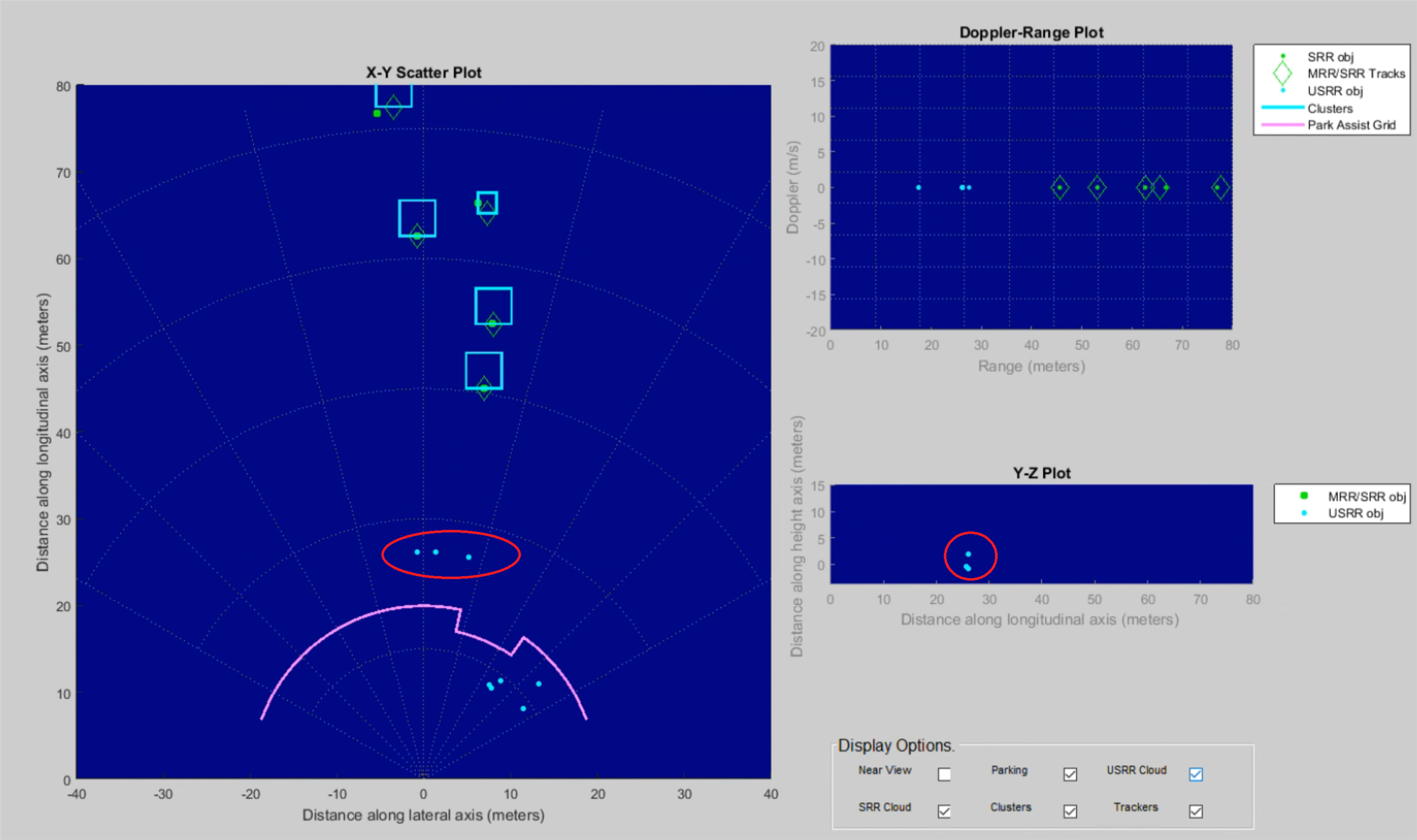To my understanding, the distance and horizontal angle are tradeoff. For our automotive use case, we only need the equipment to be able to detect objects within 50 meters. But hope his azimuth angle reaches 135 degree.
Based on the lab00007 MMR demo, can we achieve this goal by adjusting the configuration parameters?



